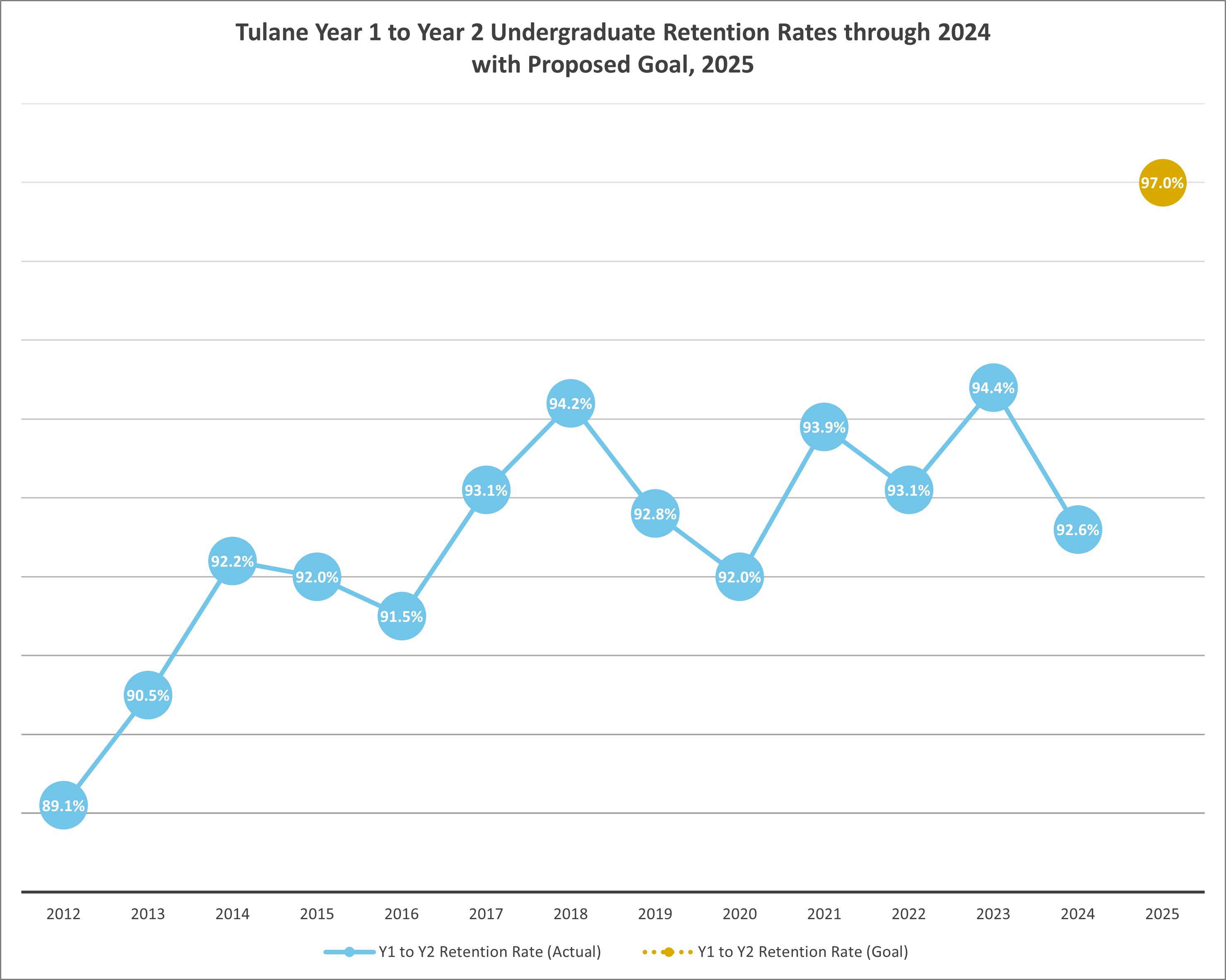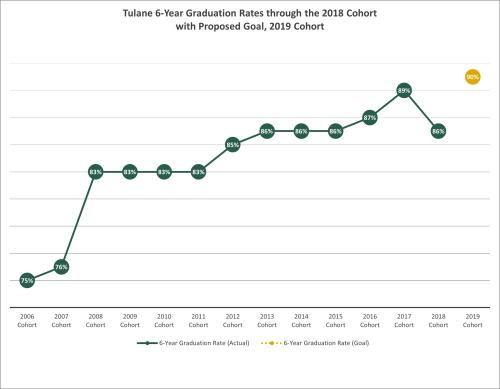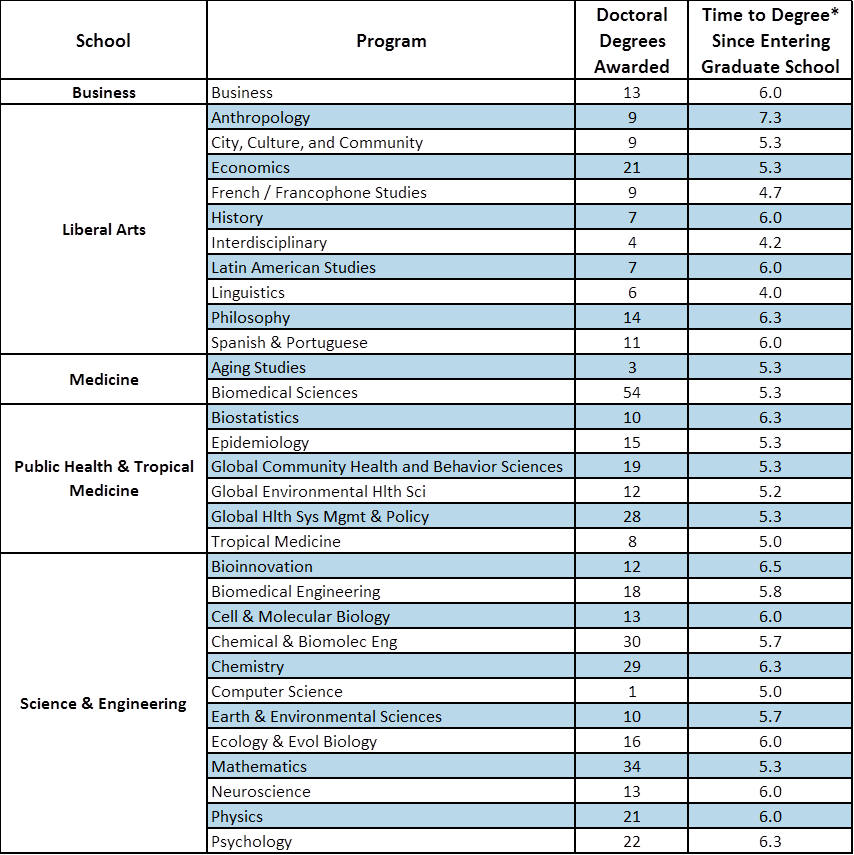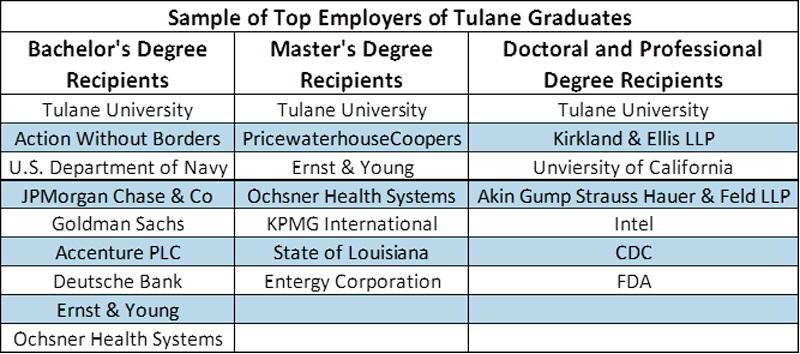Tulane University is committed to the success of its students and considers student achievement through many different metrics. These include retention rates, graduation rates, job placement rates, and admission into graduation and professional schools.
Undergraduate Retention Rates
Retention rates, specifically undergraduate retention rates, are calculated as the percentage of first-year, full-time students who enroll in the institution the following fall semester. Tulane's retention rate has been at 92% or higher since 2014. Most recently, 92.6% of the Fall 2023 cohort returned to Tulane for their second year. For more information on Tulane’s student retention efforts, visit the Office of Retention and Student Success.
Tulane Year 1 to Year 2 Undergraduate Retention Rates through 2024 with Proposed Goal, 2025

Undergraduate 6-Year Graduation Rates
Tulane University awards over 4,000 undergraduate, graduate, and professional degrees each year. Tulane's undergraduate 6-year graduation rate has been at 86% or higher since the 2014 Cohort. Most recently, the undergraduate six-year graduation rate is 86% for the 2018 Cohort. The graduation rate is calculated as the percentage of first-year, full-time students who enrolled in the institution in a Fall term and then graduated from the institution within six years.
Tulane 6-Year Graduation Rates through 2018 Cohort with Proposed Goal, 2019 Cohort

PhD Time-to-Degree
The average research doctorate time-to-degree varies by program. For more information on Tulane's PhD programs, visit the Office of Graduate and Postdoctoral Studies.
Tulane Research Doctorate Median Time-to-Degree Since Entering Graduate School: 2011-2017 Cohorts

*Time to degree is calculated based on the date of first graduate level enrollment at Tulane. Students completing a doctorate mid-year were counted as completing 1/3 of a year for each semester beyond the final full year of enrollment.
2018 NSF Survey of Earned Doctorates: Median Years to Doctoral Degree

*Time to degree is based on master's degree entry if the master's degree was at the doctoral institution in the same field of study or was a prerequisite to the doctorate; otherwise, it is based on doctoral program entry.
Post-Graduation Outcomes
Post-graduation outcomes include employment outcomes as well as continuing one's education.
Overall, 35% of graduates attended graduate or professional school after earning a bachelor's degree at Tulane.
Tulane graduates are employed by top companies and organizations across the country.
Additional information on Newcomb-Tulane College Bachelor’s Degree recipients can be found here.
Subsequent Enrollment in Graduate and Professional School

Note: Data includes all Newcomb-Tulane College Bachelor's Degree recipients and excludes students in 4+1 programs at Tulane.
Employment Outcomes

Note: Data based on highest degree earned at Tulane.
